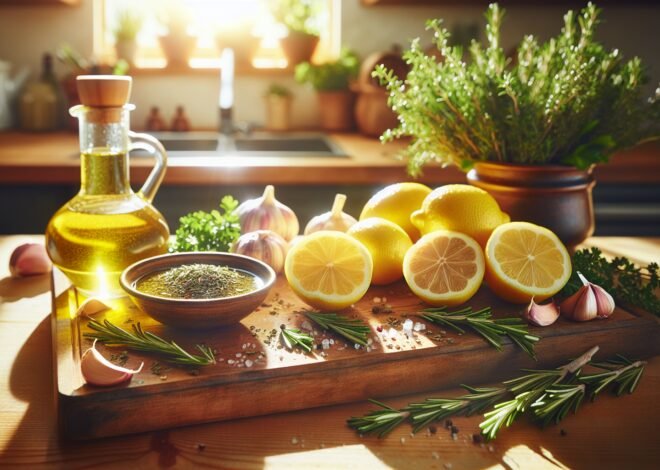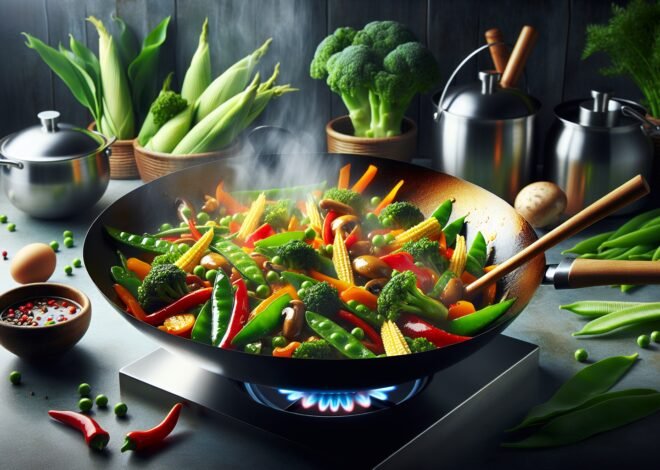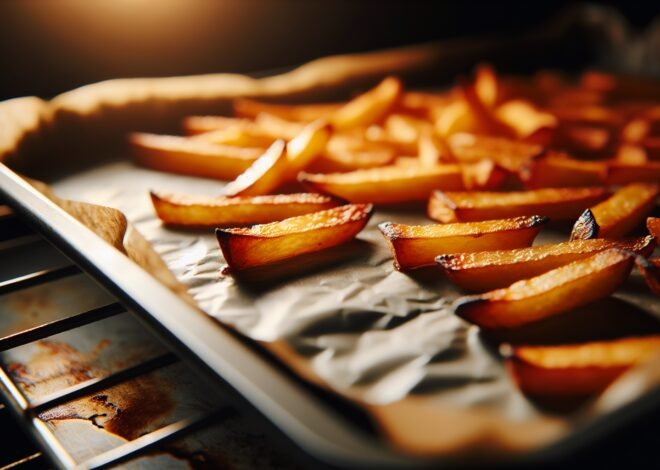
How to Stir-Fry Vegetables for Perfect Texture and Flavor
Stir-fry vegetables offer a quick and tasty way to enjoy a healthy meal. Known for their vibrant colors and crunchy texture, stir-fried vegetables can quickly elevate any dish. Perfecting this cooking technique isn’t just about tossing vegetables into a hot pan; it involves choosing the right vegetables, mastering heat control, and balancing flavors with the right oils and seasonings. Achieving that ideal texture and flavor can transform your stir-fry from average to exceptional. Discover the secrets to creating mouthwatering stir-fried dishes that will have everyone reaching for seconds.
Understanding the Basics of Stir-Frying Vegetables
Stir-frying vegetables is a culinary art that blends quick cooking with vibrant flavors. It’s not just about tossing ingredients in a pan but understanding the nuances that make each vegetable shine. From the way you cut them to the heat you apply, every step matters. Let’s dive into these essential basics to make your stir-frying experience not just a meal, but an adventure.
The Importance of Cutting Vegetables Evenly
Uniformity in cutting vegetables is crucial. Evenly cut vegetables ensure that they cook at the same rate, preventing some pieces from becoming mushy while others remain undercooked. Consistent sizes allow for balanced cooking, enhancing both texture and taste. Smaller, uniform pieces also absorb flavors better, making each bite a delightful burst of taste.
Choosing the Right Oil for Stir-Frying
The choice of oil can make or break your stir-fry. Oils with high smoke points, like vegetable or peanut oil, are ideal. They can withstand the high heat necessary for stir-frying without burning. The oil’s flavor should also complement the vegetables, enhancing rather than overpowering the dish. Opt for oils that are light and neutral, allowing the natural flavors of the vegetables to take center stage.
The Role of Heat in Achieving Optimal Texture
Heat control is pivotal in stir-frying. High heat ensures vegetables are cooked rapidly, locking in nutrients and color. It also helps achieve a crisp-tender texture, a hallmark of perfect stir-fried vegetables. Too low a heat can lead to steaming rather than stir-frying, resulting in soggy vegetables. Mastering the balance of heat is key to achieving the ideal texture.
Preparing Your Vegetables for Stir-Frying
Preparation lays the foundation for a successful stir-fry. How you handle your vegetables before they hit the pan can significantly impact the final dish. Proper washing, cutting, and seasoning are crucial steps. Let’s explore these preparatory techniques to ensure your stir-fry is nothing short of extraordinary.
How to Wash and Dry Vegetables Properly
Proper washing is essential to remove dirt and pesticides. Use cold water and a vegetable brush for sturdy vegetables. For leafy greens, a rinse followed by a gentle spin in a salad spinner works wonders. Drying is equally important; excess water can lead to steaming, not frying. Pat dry with a towel or let them air dry to keep them crisp and ready for the pan.
The Right Way to Use Aromatics in Stir-Fry
Aromatics like garlic, ginger, and onions are the flavor backbone of stir-frying. They should be finely chopped or minced to release their full essence quickly. Add them to the oil before the vegetables, allowing their flavors to infuse into the dish. Timing is key; overcooked aromatics can turn bitter, while undercooked ones may not release their full flavor.
Blanching Vegetables for Enhanced Color
Blanching is a technique that can enhance the color and texture of your vegetables. Quickly boiling them before stir-frying locks in vibrant colors and begins the cooking process. This step is especially beneficial for dense vegetables like broccoli. After blanching, plunge them into ice water to halt cooking and preserve their crispness and hue.
Techniques for Stir-Frying Vegetables Perfectly
Mastering stir-frying involves more than just tossing ingredients into a hot pan. It requires timing, order, and finesse. Proper technique ensures your vegetables are cooked to perfection, with vibrant colors and a satisfying crunch. Let’s delve into the artistry of stir-frying to elevate your culinary skills.
Layering Vegetables for Staggered Cooking
Layering is an effective technique to ensure each vegetable is cooked perfectly. Start with denser vegetables like carrots and broccoli that require more time. Add more delicate vegetables like bell peppers and snow peas towards the end. This staggered method ensures everything is cooked just right, with nothing overdone or undercooked.
Timing and Stirring for Best Results
Timing is everything in stir-frying. Quick, constant stirring ensures even cooking and prevents sticking. It also helps distribute heat evenly. Allow denser pieces to cook for a moment before adding softer vegetables. Keep the vegetables moving; this continuous motion helps them cook uniformly and absorb flavors effectively.
Adding Sauces to Enhance Flavor
Sauces are the finishing touch that brings your stir-fry together. Add them towards the end to prevent burning and ensure they coat the vegetables evenly. A simple mix of soy sauce, oyster sauce, or hoisin sauce can elevate the dish. Balance is key; too much sauce can overpower the natural flavors, while too little may leave the dish dry.
Conclusion
Stir-frying is a cooking technique that involves frying vegetables quickly over high heat in a small amount of oil. It retains the nutrients and vibrant colors of vegetables better than other cooking methods. Common vegetables used in stir-fries include bell peppers, broccoli, carrots, and snap peas. Seasonings such as soy sauce, garlic, ginger, and sesame seeds enhance flavor. Stir-fried vegetables can be served as a side dish or combined with proteins like tofu or chicken for a complete meal.
FAQ
What are the best vegetables to use in a stir-fry?
Broccoli, bell peppers, snap peas, and carrots work wonderfully in stir-fry dishes. They add color, flavor, and crunch, enhancing your meal’s appeal and taste.
How do you cook stir-fry vegetables to maintain their crunchiness?
Cook vegetables on high heat for a short time. Stirring frequently ensures even cooking while retaining their crispness. Use oils with high smoke points like peanut or canola for best results.
Can you prepare stir-fry vegetables ahead of time?
Yes, prep vegetables by washing, chopping, and storing them in airtight containers in the fridge. This can save time, making dinner preparation quicker and more efficient.
What sauces complement stir-fry vegetables?
Soy sauce, teriyaki sauce, and hoisin sauce enhance flavor profiles of stir-fry vegetables. Add garlic, ginger, or sesame oil for more depth and aroma.
Are there any tips for selecting fresh vegetables for stir-fry?
Choose brightly colored, firm vegetables with no blemishes. Freshness ensures better taste and texture. Visit local farmers’ markets for seasonal choices.
How can I make a vegetarian stir-fry more flavorful?
Incorporate spices like garlic, ginger, and chili flakes to elevate flavors. Add tofu or tempeh for protein, and finish with fresh herbs like cilantro or basil for a fresh twist.











